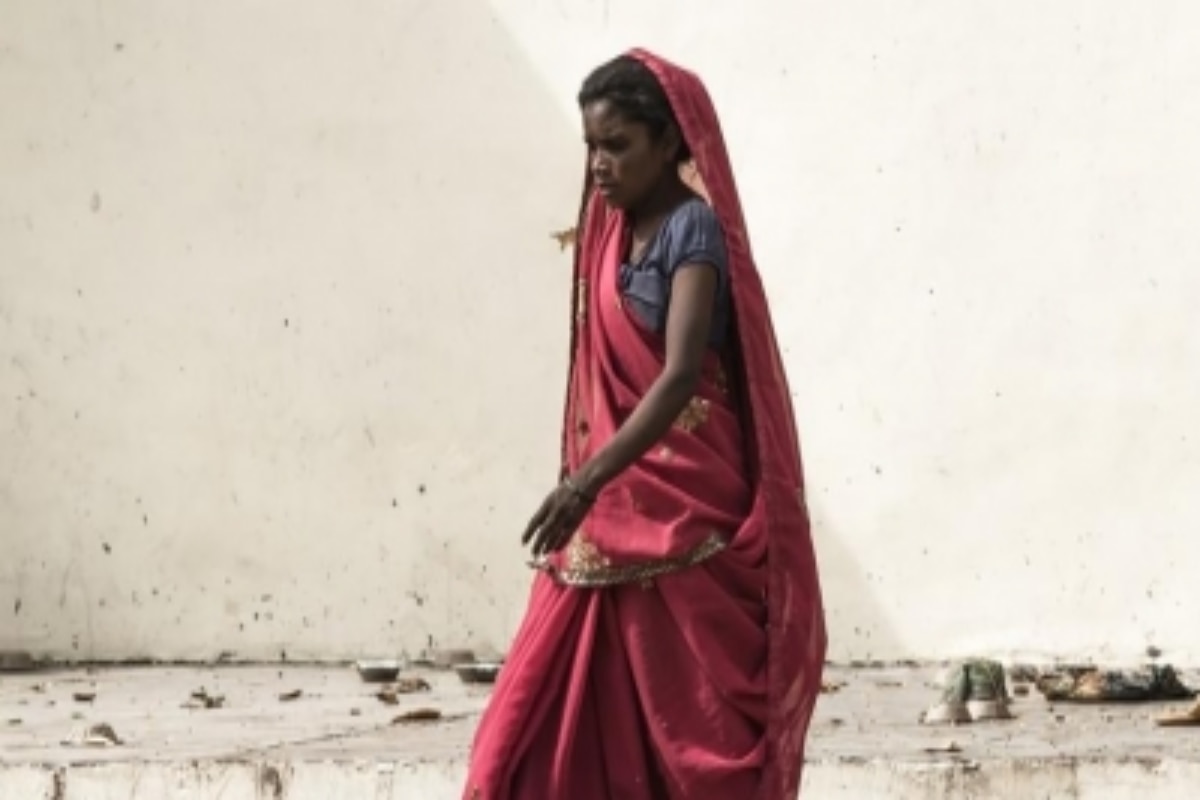New Delhi: Iron deficiency or anemia is one of the major public health challenges in India. According to recent findings from the National Family Health Survey 5 (NFHS-5), more than half of the country’s women in the reproductive age group – between the ages of 15 and 49 – have anemia. There has been an increase in cases of anemia in both adults and children between 2019-2021 as compared to the last survey conducted in 2015-2016. It affects children and adults of all age groups and races.Also read – 14 signs and symptoms to identify iron deficiency
According to the latest NFHS-5 figures, 57% of women aged 15-49 were diagnosed with anemia in 2019-21. This was four per cent more than the 53.1 per cent recorded in 2015-2016. Similarly, the incidence of anemia in adolescent women between the ages of 15 and 19 increased by 5% compared to 2015-2016. In NFHS-5, 59.1 percent of adolescent women were diagnosed with anemia. In addition, 52 percent of pregnant women and 67.5 percent of children aged 6-59 months across the country were diagnosed with anemia. Also read – Unknown symptoms of iron deficiency can do more harm than you realize
What is anemia and how can it affect us?
Anemia is a condition in which the human body does not have enough healthy red blood cells to deliver enough oxygen to the tissues. Having anemia also means having low hemoglobin. There are different forms of anemia and can be temporary or long-term, from mild to severe. Also read – Shocking: More than half of Indian children and women with NFHS-5 have anemia. Details here
Anemia loses productivity due to a decrease in physical fitness and ability to work. It can also lead to cognitive impairment which is often irreversible. Anemia during pregnancy can lead to death, miscarriage and maternal death. According to reports, there are currently 103 maternal deaths per 100,000 live births in India
Types of anemia
- Aplastic anemia
- Sickle cell anemia
- Vitamin deficiency anemia
- Iron deficiency anemia
- Thalassemia
Symptoms of anemia
According to the Mayo Clinic, the signs and symptoms of anemia vary depending on the cause and severity of the anemia. Depending on the cause of your anemia, the person may not have any symptoms. However, if symptoms do appear, they may include fatigue, skin discoloration, irregular heartbeat, shortness of breath, dizziness or headache, chest pain, cold hands and feet, and headaches.
Prevention and treatment of anemia
Certain types of anemia, such as hereditary, cannot be prevented. However, iron deficiency, vitamin B12 deficiency, and vitamin B9 deficiency anemia can be avoided by eating foods that contain a variety of vitamins and minerals.
If you feel tired and you do not know why visit your doctor and get yourself examined. Other than that, include foods rich in iron, folate and vitamins in your diet.
- Iron-rich foods include meat, beans, lentils, iron-fortified cereals, dark green leafy vegetables, and dried fruits.
- Folate can be found in fruits and fruit juices, dark green leafy vegetables, green peas, beans, peanuts and rich grain products, such as bread, cereals, pasta and rice.
- Foods rich in vitamin B-12 include meat, dairy products, and fortified cereals and soy products.
- Foods rich in vitamin C include citrus fruits and juices, peppers, broccoli, tomatoes, melons and strawberries. It also helps in increasing the absorption of iron.
$(document).ready(function() $('#commentbtn').on("click",function() (function(d, s, id) var js, fjs = d.getElementsByTagName(s)[0]; if (d.getElementById(id)) return; js = d.createElement(s); js.id = id; js.src = "https://connect.facebook.net/en_US/all.js#xfbml=1&appId=178196885542208"; fjs.parentNode.insertBefore(js, fjs); (document, 'script', 'facebook-jssdk'));
$(".cmntbox").toggle();
);
);
.
Source link
